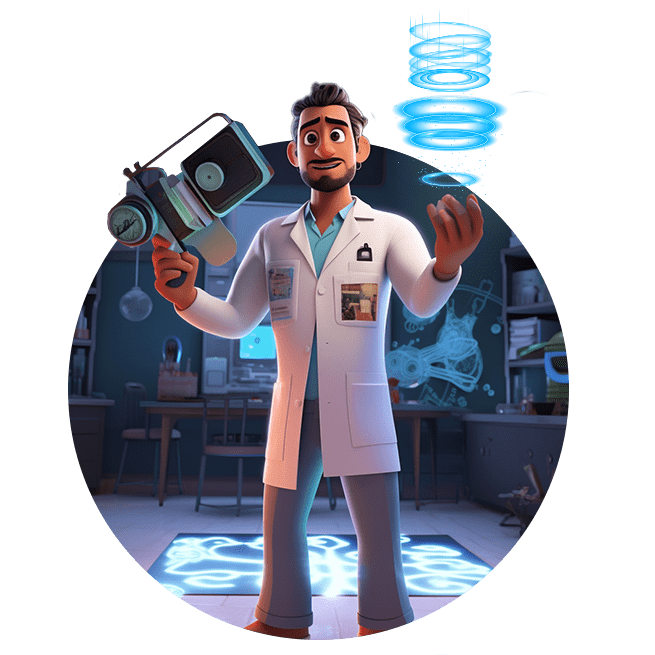The "Starman" mannequin launched by SpaceX in February 2018 aboard the Falcon Heavy rocket is currently traveling through space at a speed of about 35,000 kilometers per hour. As of September 2021, Starman has completed more than 1,600 orbits around the Sun,...
From the intricate circuits we craft to the vast cosmos we explore, every discovery unlocks the secrets of our universe. Embark on a thrilling odyssey of knowledge in science and technology with me, Ziggy, your navigator through the wonders of innovation!

The Space Station that Never Sleeps: A Marvel of Science and International Collaboration
The International Space Station (ISS), a marvel of Science and Technology, orbits the Earth at an average altitude of 248 miles (400 kilometers). Traveling at a speed of 17,500 miles per hour (28,000 kilometers per hour), the ISS completes an orbit around the Earth...
Revolutionizing Communication: The First Email Sent by Ray Tomlinson in 1971
In 1971, the first email was sent by computer engineer Ray Tomlinson. At the time, he was working on developing a method to send messages between computers located on different networks. While testing this new system, Tomlinson sent himself the first email, which...
“The Visionary Genius of Ada Lovelace: The World’s First Computer Programmer”
Science and Technology: Did you know that the world's first computer programmer was a woman? Ada Lovelace, born in 1815, is often credited as the world's first computer programmer. She worked closely with Charles Babbage and wrote algorithms for his proposed...
Unraveling Nature’s Blueprint: How Watson and Crick Revolutionized Genetic Science in 1953
In 1953, James Watson and Francis Crick discovered the structure of DNA, the molecule responsible for carrying genetic information in living organisms. Their groundbreaking work led to the development of the double helix model of DNA, which revolutionized the field of...
Unveiling the Dynamic Universe: Hubble’s Law and the Expanding Cosmos
In the 1920s, a group of American astronomers, including Edwin Hubble, made a groundbreaking discovery that the universe is continuously expanding. This finding, known as Hubble's Law, provided evidence for the Big Bang theory and revolutionized our understanding of...
The Power Loom: How a 1785 Invention Transformed the Textile Industry and Sparked the Industrial Revolution
In the 1800s, a technological innovation revolutionized the textile industry. The invention of the power loom by Edmund Cartwright in 1785 allowed for the mechanized mass production of cloth, dramatically increasing efficiency and output. It was a significant...
Ada Lovelace: The Visionary Pioneer of Computer Programming
Science and Technology: The first ever computer programmer was a woman named Ada Lovelace. In the mid-1800s, Lovelace collaborated with inventor Charles Babbage on his mechanical computer, the Analytical Engine. She realized that this machine could go beyond just...
Cracking the Code: The Human Genome Project’s Monumental Breakthrough in Unraveling our Genetic Blueprint
In 2003, the Human Genome Project, an international scientific research project, successfully completed the sequencing of the entire human genome. It took over a decade of collaborative efforts by scientists worldwide to decipher the approximately 3 billion genetic...
Tool-Making: Not Just for Humans – Surprising Evidence of Animal Intelligence
Humans are not the only species capable of using tools. Some animals, such as chimpanzees, dolphins, and crows, have shown the ability to create and utilize tools for various purposes, showcasing remarkable intelligence in the animal kingdom.










